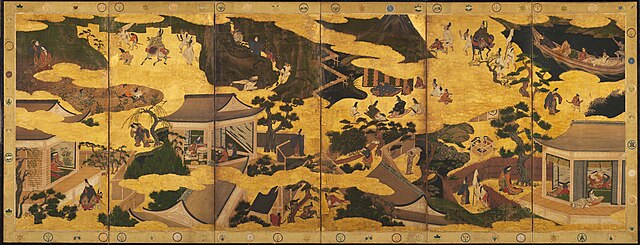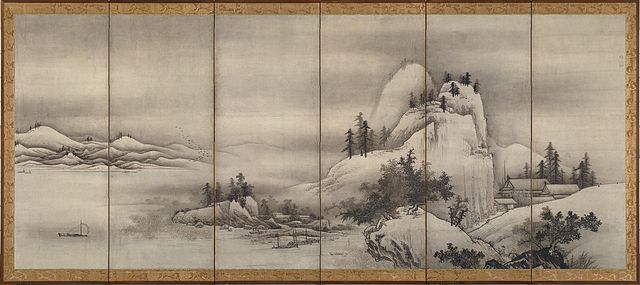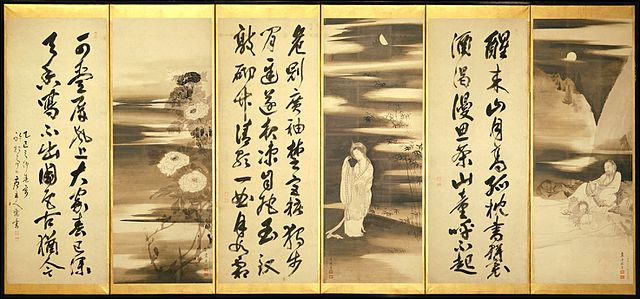Difference between revisions of "Language/Multiple-languages/Culture/Traditional-Architectures:-Eastern-Asia"
| Line 5: | Line 5: | ||
In progress | In progress | ||
== Folding Screen == | == Furniture == | ||
=== Folding Screen === | |||
The folding screen is several panels connected by hinges. They can block the entry of light and wind into the room and usually have painting or calligraphy works on them. | The folding screen is several panels connected by hinges. They can block the entry of light and wind into the room and usually have painting or calligraphy works on them. | ||
{| class="wikitable" | {| class="wikitable" | ||
| Line 86: | Line 87: | ||
|} | |} | ||
= | === Hanging Scroll === | ||
== Hanging Scroll == | |||
The hanging scroll is a piece of painting or calligraphy work for decoration. | The hanging scroll is a piece of painting or calligraphy work for decoration. | ||
{| class="wikitable" | {| class="wikitable" | ||
| Line 166: | Line 145: | ||
|} | |} | ||
== ''Kichō'' == | == Partition == | ||
=== ''Fusuma'' === | |||
The ''fusuma'' is a vertical rectangular panel that divides a room into smaller rooms. | |||
{| class="wikitable" | |||
|+ | |||
!language | |||
!word | |||
|- | |||
|Japanese | |||
|襖 | |||
ふすま | |||
|} | |||
{| class="wikitable" | |||
|+Japanese | |||
|https://upload.wikimedia.org/wikipedia/commons/thumb/9/95/Ry%C5%8Dan-ji_pi%C3%A8ce_d%C3%A9cor%C3%A9e.jpg/640px-Ry%C5%8Dan-ji_pi%C3%A8ce_d%C3%A9cor%C3%A9e.jpg | |||
|- | |||
|https://upload.wikimedia.org/wikipedia/commons/thumb/b/b6/%E9%BE%8D%E5%AE%89%E5%AF%BA_Ry%C5%8Dan_Ji_%28139740173%29.jpeg/640px-%E9%BE%8D%E5%AE%89%E5%AF%BA_Ry%C5%8Dan_Ji_%28139740173%29.jpeg | |||
|- | |||
|https://upload.wikimedia.org/wikipedia/commons/thumb/9/9d/Ryoanji_Temple_-_Kuri_Main_Building_Interior.jpg/640px-Ryoanji_Temple_-_Kuri_Main_Building_Interior.jpg | |||
|- | |||
|https://upload.wikimedia.org/wikipedia/commons/thumb/b/b2/Kai_Tsugaru_Owani_Onsen_Aomori_pref_Japan14s3.jpg/319px-Kai_Tsugaru_Owani_Onsen_Aomori_pref_Japan14s3.jpg | |||
|} | |||
=== ''Kichō'' === | |||
The ''kichō'' is a silk curtain supported by two T-rods for decoration. | The ''kichō'' is a silk curtain supported by two T-rods for decoration. | ||
{| class="wikitable" | {| class="wikitable" | ||
| Line 186: | Line 188: | ||
|} | |} | ||
== ''Noren'' == | === ''Noren'' === | ||
The ''noren'' is several cloth stripes that block the sights from outside, usually used by shops. | The ''noren'' is several cloth stripes that block the sights from outside, usually used by shops. | ||
{| class="wikitable" | {| class="wikitable" | ||
| Line 216: | Line 218: | ||
|} | |} | ||
== ''Shitomi'' == | === ''Shitomi'' === | ||
The ''shitomi'' is a square-latticed shutter or door. | The ''shitomi'' is a square-latticed shutter or door. | ||
{| class="wikitable" | {| class="wikitable" | ||
| Line 236: | Line 238: | ||
|} | |} | ||
== ''Sudare'' == | === ''Sudare'' === | ||
The ''sudare'' is a blind. | The ''sudare'' is a blind. | ||
{| class="wikitable" | {| class="wikitable" | ||
| Line 276: | Line 278: | ||
|} | |} | ||
== ''Tsuitate'' == | === ''Tsuitate'' === | ||
The ''tsuitate'' is a temporary wall. | The ''tsuitate'' is a temporary wall. | ||
{| class="wikitable" | {| class="wikitable" | ||
Revision as of 03:30, 6 February 2023
This page has a parent: Language/Multiple-languages/Culture/Traditional-Architectures
In progress
Furniture
Folding Screen
The folding screen is several panels connected by hinges. They can block the entry of light and wind into the room and usually have painting or calligraphy works on them.
| language | word |
|---|---|
| Chinese | 屏風/屏风
ㄆㄧㄥˊ ㄈㄥ; ping4 fung1 |
| Japanese | 屏風
びょうぶ |
| Korean | 병풍
屛風 |
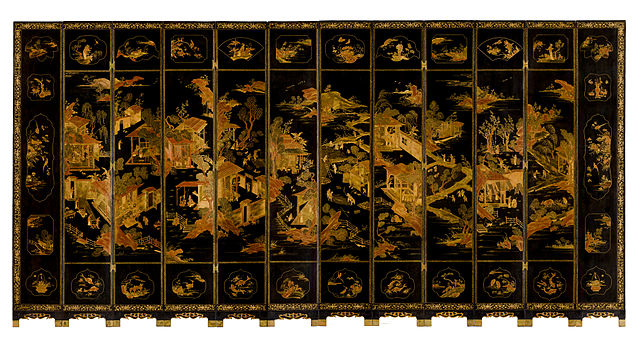
|
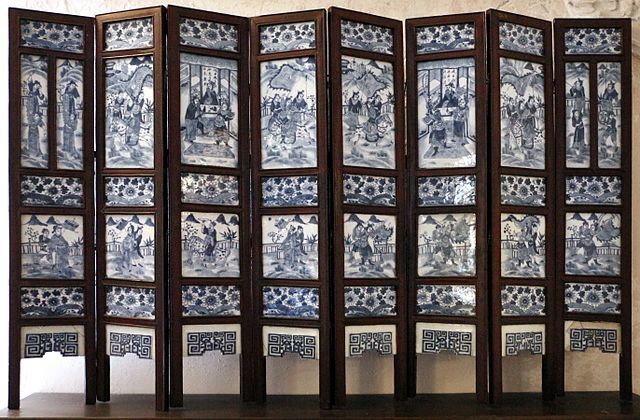
|
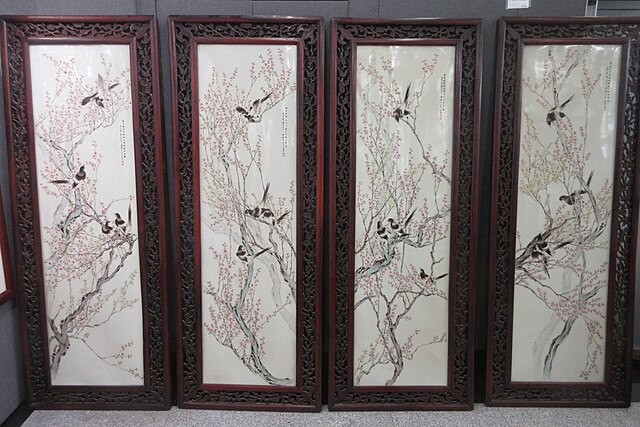
|

|

|

|
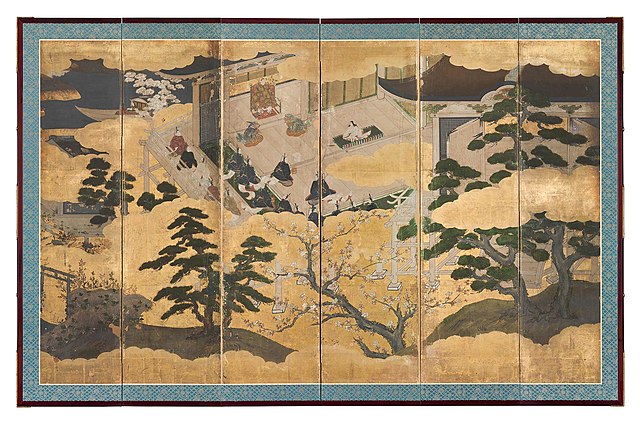
|
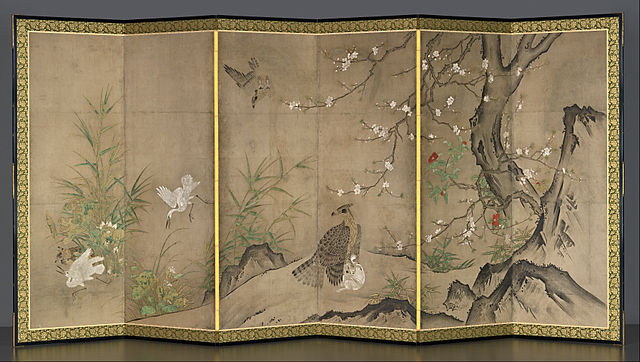
|

|

|

|
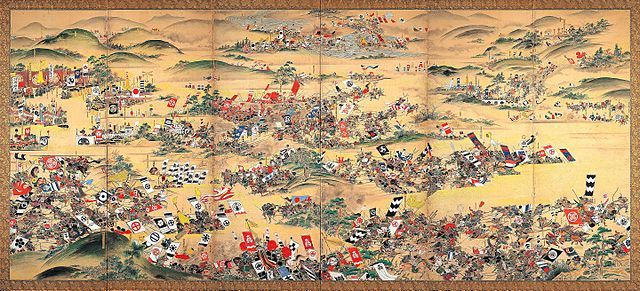
|

|

|

|
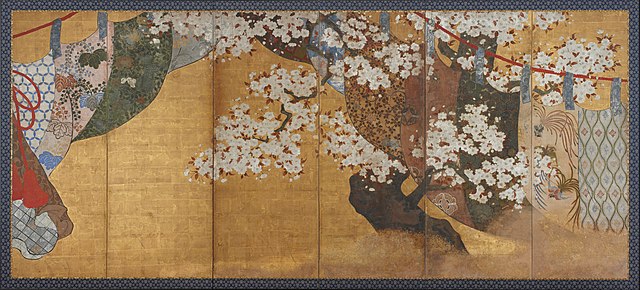
|
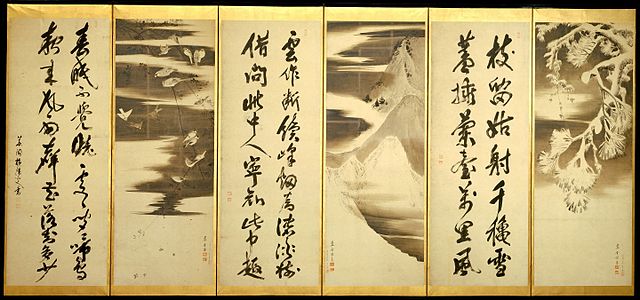
|

|

|

|

|
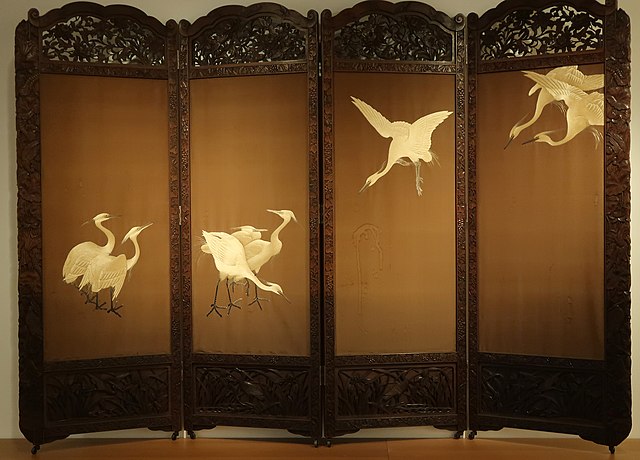
|
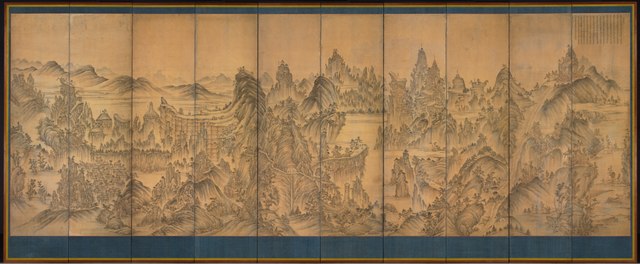
|
Hanging Scroll
The hanging scroll is a piece of painting or calligraphy work for decoration.
| language | word |
|---|---|
| Chinese | 掛軸/挂轴
ㄍㄨㄚˋ ㄓㄡˊ; gwaa3 zuk6 |
| Japanese | 掛軸
かけじく |
| Korean | 족자
簇子 |

|

|

|
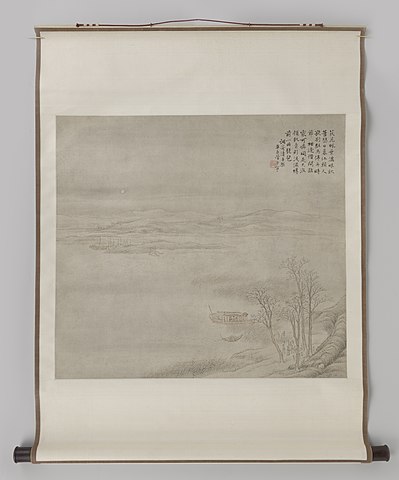
|

|
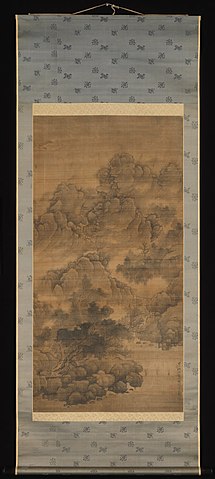
|

|
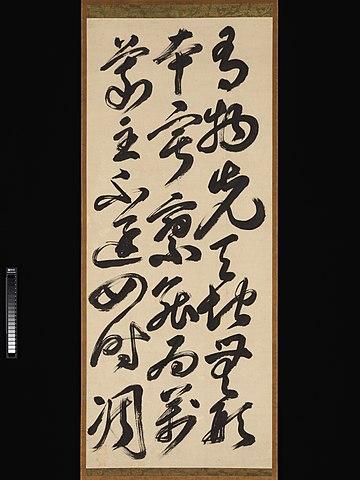
|
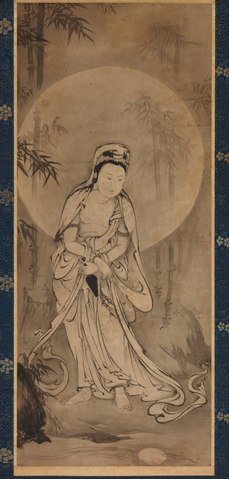
|

|
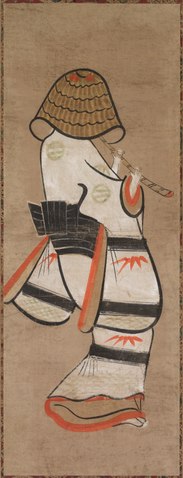
|
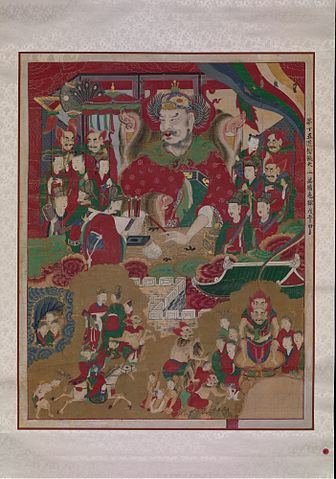
|

|

|

|
Partition
Fusuma
The fusuma is a vertical rectangular panel that divides a room into smaller rooms.
| language | word |
|---|---|
| Japanese | 襖
ふすま |

|

|

|
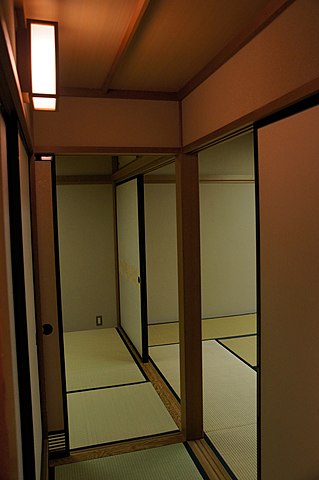
|
Kichō
The kichō is a silk curtain supported by two T-rods for decoration.
| language | word |
|---|---|
| Japanese | 几帳
きちょう |
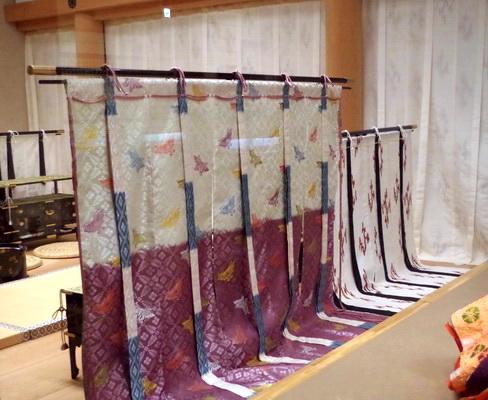
|
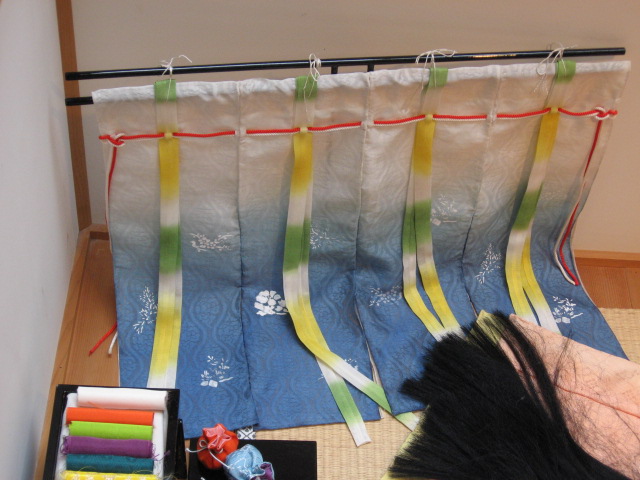
|

|
Noren
The noren is several cloth stripes that block the sights from outside, usually used by shops.
| language | word |
|---|---|
| Japanese | 暖簾
のれん |

|
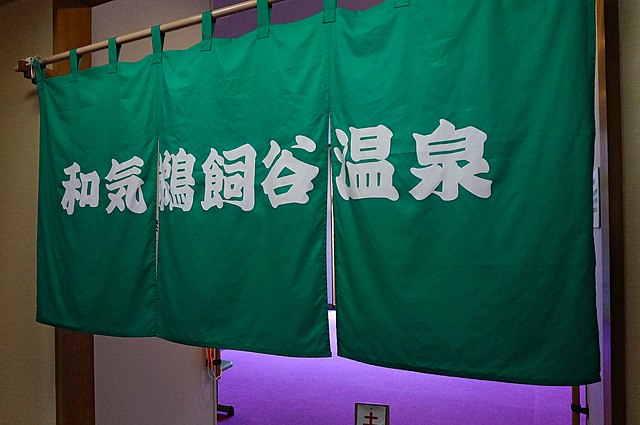
|

|

|
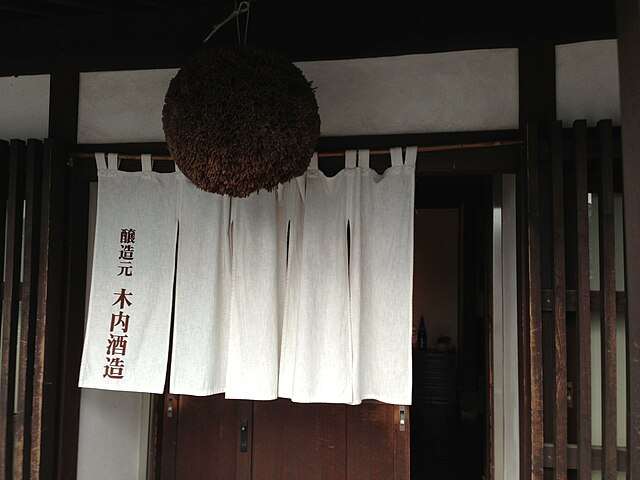
|
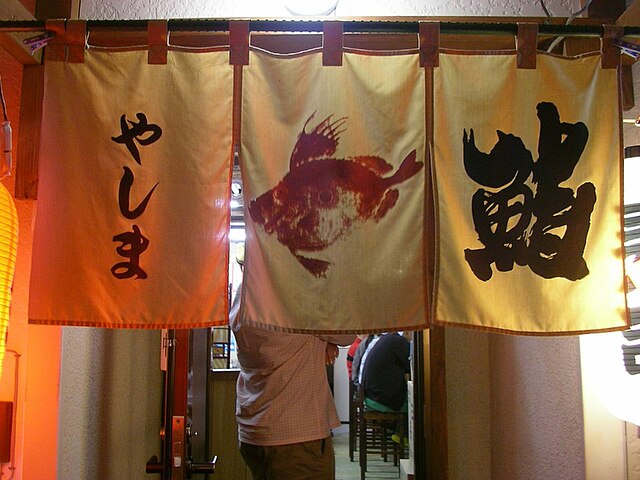
|

|

|
Shitomi
The shitomi is a square-latticed shutter or door.
| language | word |
|---|---|
| Japanese | 蔀
しとみ |
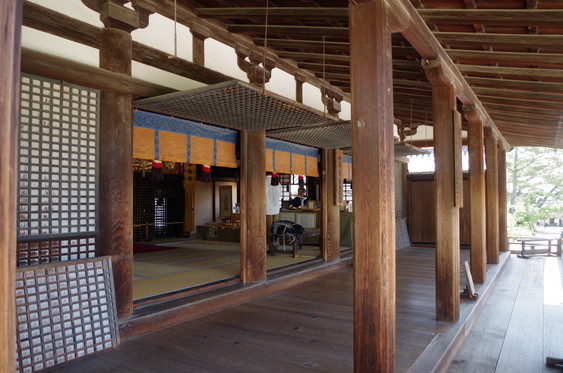
|
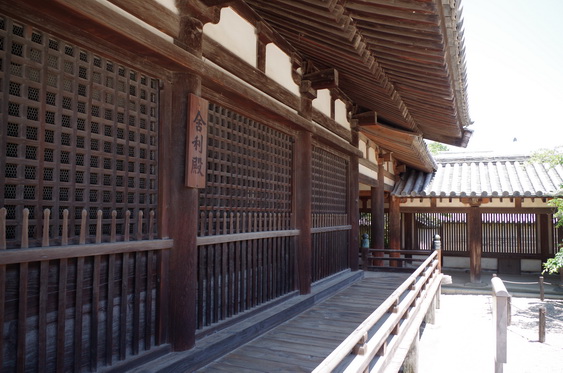
|

|
Sudare
The sudare is a blind.
| language | word |
|---|---|
| Japanese | 簾
すだれ |

|
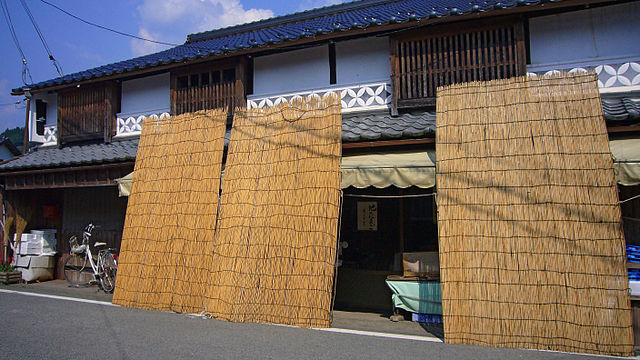
|
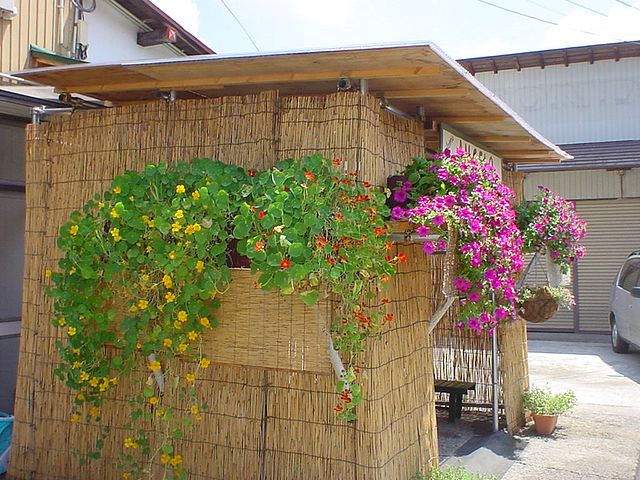
|
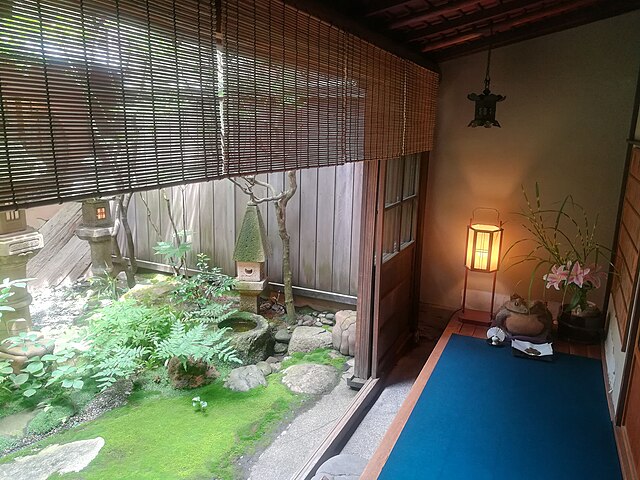
|

|

|

|
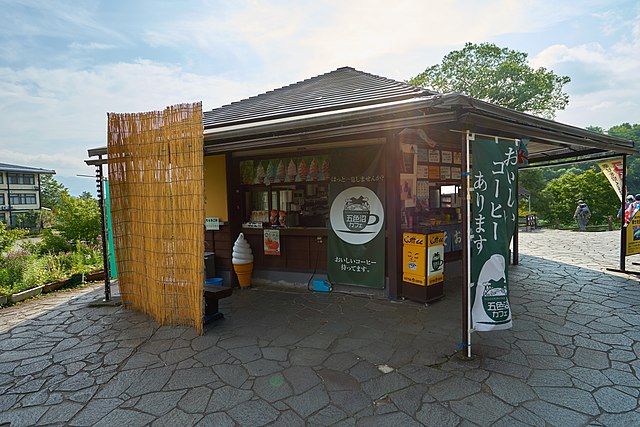
|

|
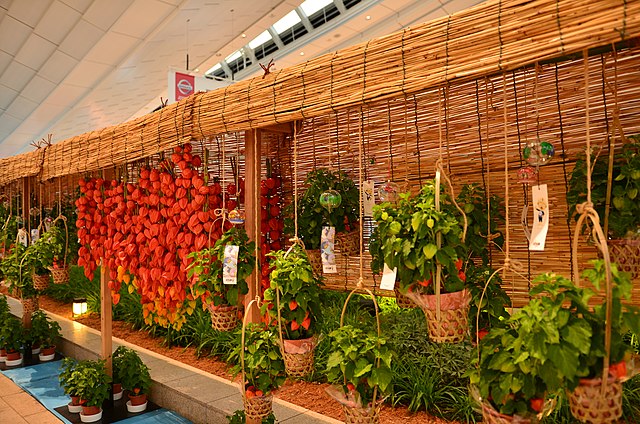
|

|

|

|
Tsuitate
The tsuitate is a temporary wall.
| language | word |
|---|---|
| Japanese | 衝立
ついたて |
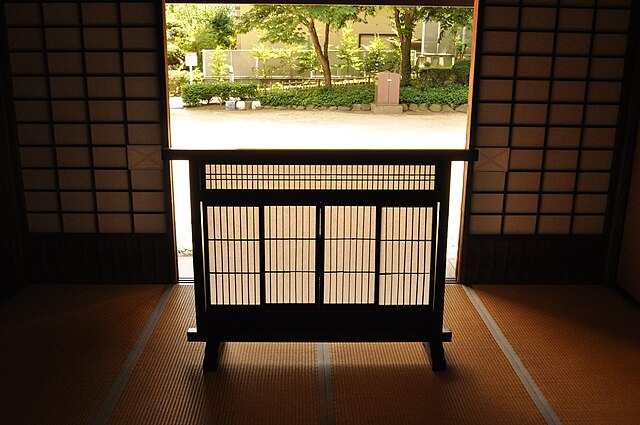
|

|
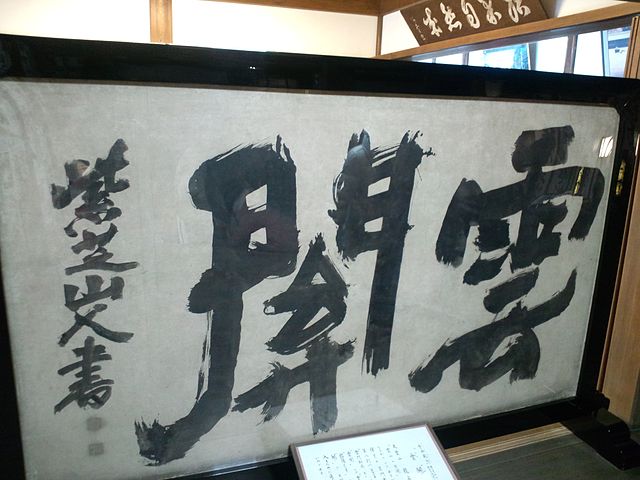
|

|

